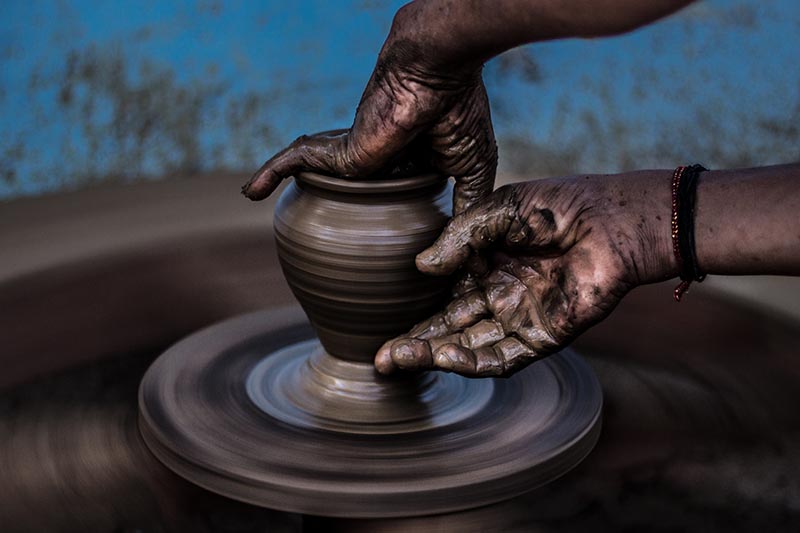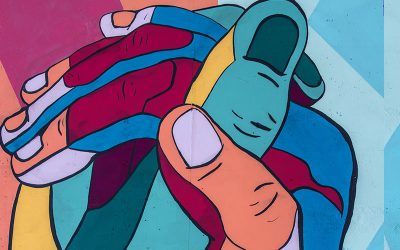Stephen Cope, in his book “Yoga and the Quest for the True Self” sets forth the notion of “clear seeing.” He writes: “I discovered an intriguing paradox. In the yogic world, an air of unreality permeates discussions about the real. “Seeing” came to mean something remarkably abstract and inward-turned, and it seemed to completely bypass the importance of seeing the realities of the phenomenal world in which we live in this very moment.”
Cope was noting how all spiritual pursuits suffer from a tendency to get lost in intellectual rumination. In his opinion, the material plane must inform any discussion of the spiritual.
In much the same way, the creative pursuit does not gain much traction if there is an emphasis upon the intellect. One may be able to explain things well, but such explanations do little to contribute to the final product. Art may be informed by the intellect, but inspiration happens at a much faster rate than the mind can often manage.
I know that I have caught myself just jotting down the rangiest sort of notes in the middle of the night as a turn of phrase comes to my awareness. I cannot quiet the pace enough to let the intellect respond.
Yoga helps to bridge the gap between the material and the intellect. Yoga quiets the mind through conscious breathing so that Cope’s notion of “clear seeing” can flourish. This synthesis allows for the creative endeavor to correspond to the spiritual, for it asks the artist to really plumb the depths of their medium.
Sink into the materiality of the craft. It might be easier to do that if you are a potter, where the tactile process of throwing clay upon the potter’s wheel connects one viscerally to the material. I am sure that potters have their own blocks – they just seem less acute than other artists who struggle with the abstraction of musical notes upon the page or the letters that form words.
Develop the mindset of a child who finds delight in the actual nub of the pen or the bristles on a brush. Remember when you were first learning cursive. Learning this foreign-seeming script was a rite of passage, into an adult system of communication. There was magic in those loops and swirls. And, for the longest time, one didn’t need to attach meaning to the figures. One could just scribble away – there was pure joy in imitating those slanted marks on the page.
Revel in the materiality of your process. Connect with ways in which to quiet the mind. Usher forth a new dialogue between the practical and the intellectual, so that an aspect of the spiritual begins to inform your work.




